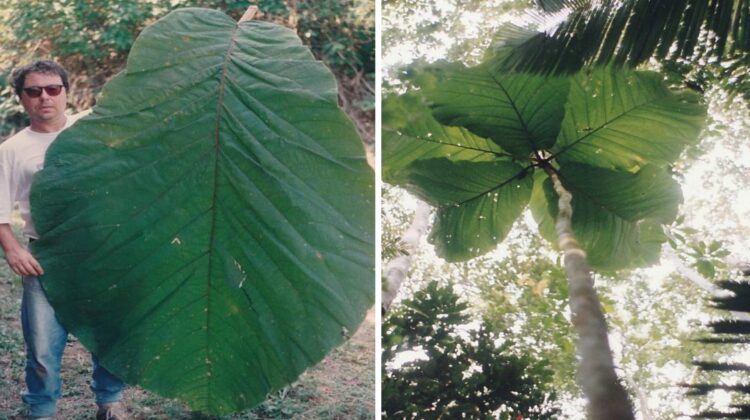
For decades, a giant, human-sized leaf has been on exhibit at the National Institute of Amazonian Research (INPA) in Manaus, Brazil, serving as a tourist attraction. However, until today, the exact identify of the tree to which it belongs has remained a mystery.
Researchers have described Coccoloba gigantifolia, a tree species from the Brazilian Amazon, 35 years after it was first sighted. The tree’s unique feature is its enormous leaves, which may grow up to 2.5 meters (8 feet) in length. Yes, you read that correctly.
Although C. gigantifolia has long been known to the general public and scientific community, fully characterizing it and giving it an official name has taken a long time. According to experts, this was necessary for assessing its conservation status and developing suitable protection policies.
The species is highly uncommon, with fragmented populations possibly existing in a fast changing environment. The IUCN Red List should be updated to include it as endangered, according to researchers.
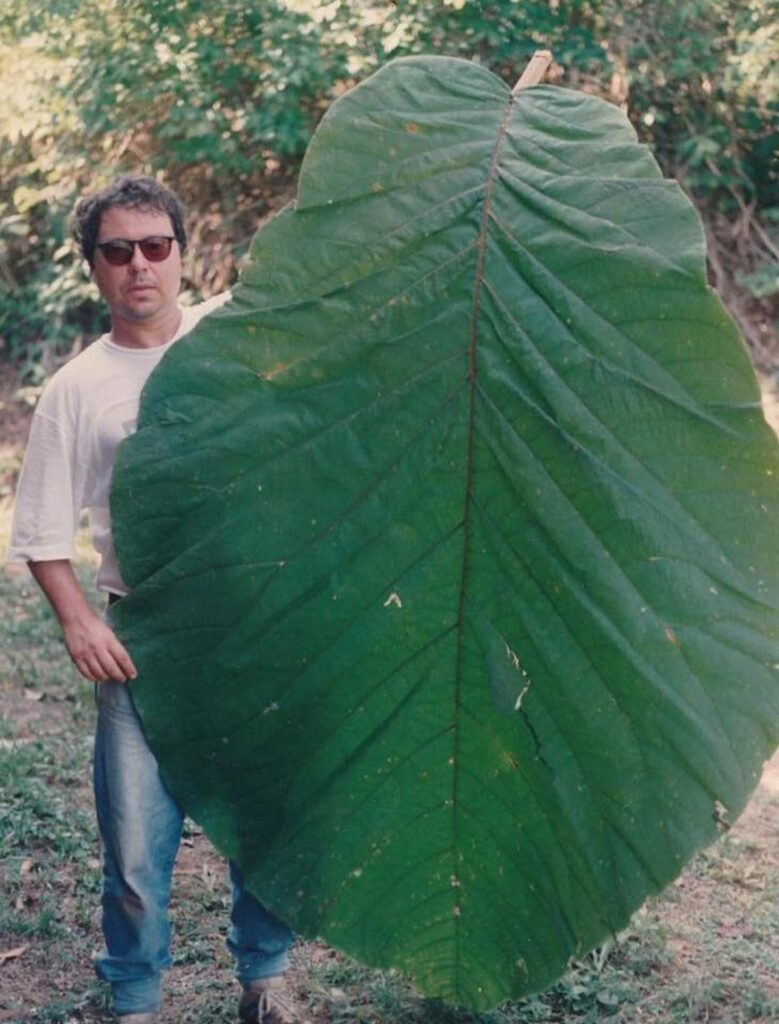
Researchers have known for a long time that the tree is a species of Coccoloba, a genus of flowering plants native to the Americas’ tropical jungles. In 1982, while exploring the Madeira River Basin in the Brazilian Amazon, botanists from INPA came upon an individual of the unknown giant-leaved Coccoloba tree.
Individual trees, on the other hand, were not growing blooms or fruits at the time, which would have been necessary for identifying a plant species. Their leaves were also too big to dehydrate, crush, and transport back to INPA. The researchers did, however, collect notes and images.
Botanists were ultimately able to gather two huge leaves from a tree in the state of Rondônia in 1993, which they framed and displayed at INPA.
“The species became well-known locally, but it could not be classified as a new species for scientific purposes due to a lack of reproductive material,” Rogério Gribel, an INPA researcher, noted.
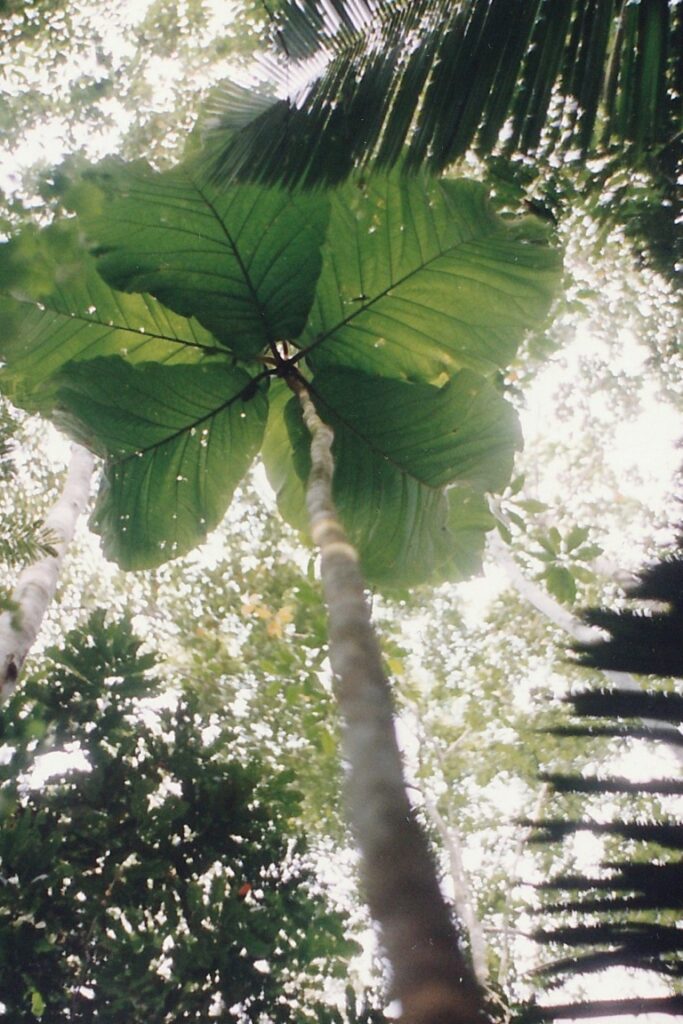
The same researchers gathered seeds and withering blossoms from a tree in Jamari National Forest more than a decade later, in 2005. The samples were once again inadequate to identify the plant species. So they planted the seeds on the INPA campus, nurtured the seedlings, and waited. And their patience paid off handsomely. It’s been 13 years.
One of the planted trees ultimately grew and fruited in 2018, providing the scientists with the botanical material they required to characterize the new species.
“After a long time of ‘tracking’ such a distinctive and somewhat rare species, we have finally succeeded in getting the flowers and fruits that are key structures for identifying a new species for science,” he added.
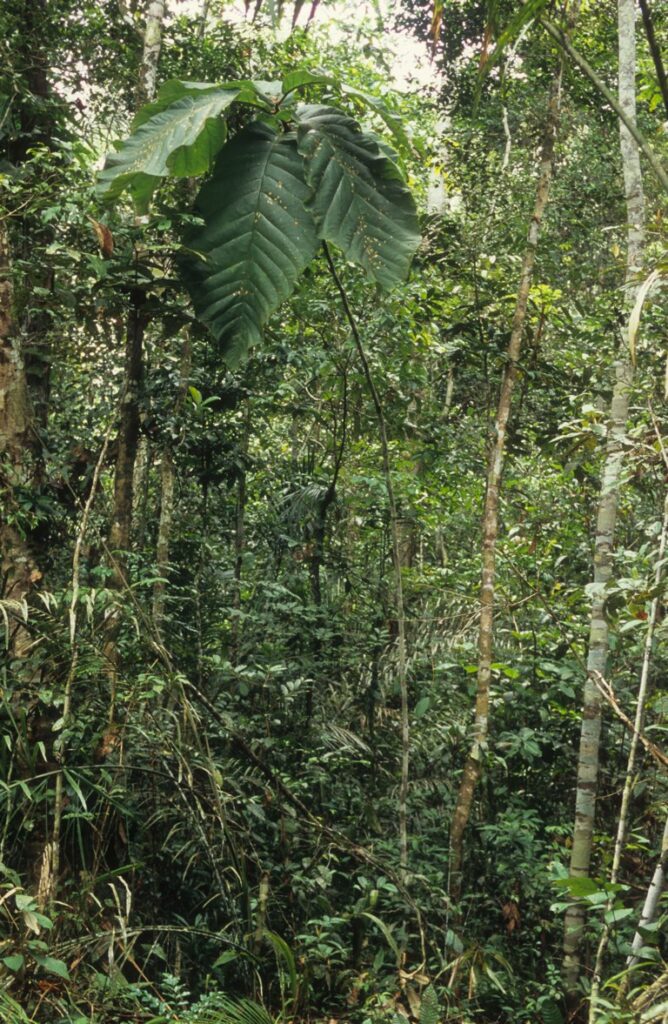
Gribel and his colleagues called the species C. gigantifolia after the plant’s massive leaves, which they reported in a recent publication published in Acta Amazonica.
It reaches a height of around 15 meters (49 feet) and has leaves that can reach a length of 2.5 meters (8 feet)! It is most likely the biggest known leaf among dicotyledonous plants, which include sunflowers, hibiscus, tomatoes, and roses, among others.
Unlike monocotyledonous plants, these plants’ seeds can be divided into two identical halves, each of which forms the seedling’s first two embryonic leaves, which have branching veins.
“While much of the forest in the middle and lower sections of the Madeira River has been preserved, deforestation has been fast increasing in these areas, particularly in northeastern Rondônia and southern Amazonas,” Gribel added. “The Samuel Dam on the Jamari River (and maybe the Santo Antonio and Jirau Dams on the Madeira River) flooded tens of thousands of hectares of Coccoloba gigantifolia-infested woods, potentially harming populations.” The BR319 roadway is now being paved, which may result in further deforestation in the Middle and Lower Madeira regions.”
The authors have proposed that the species be listed as endangered on the IUCN Red List based on their results.
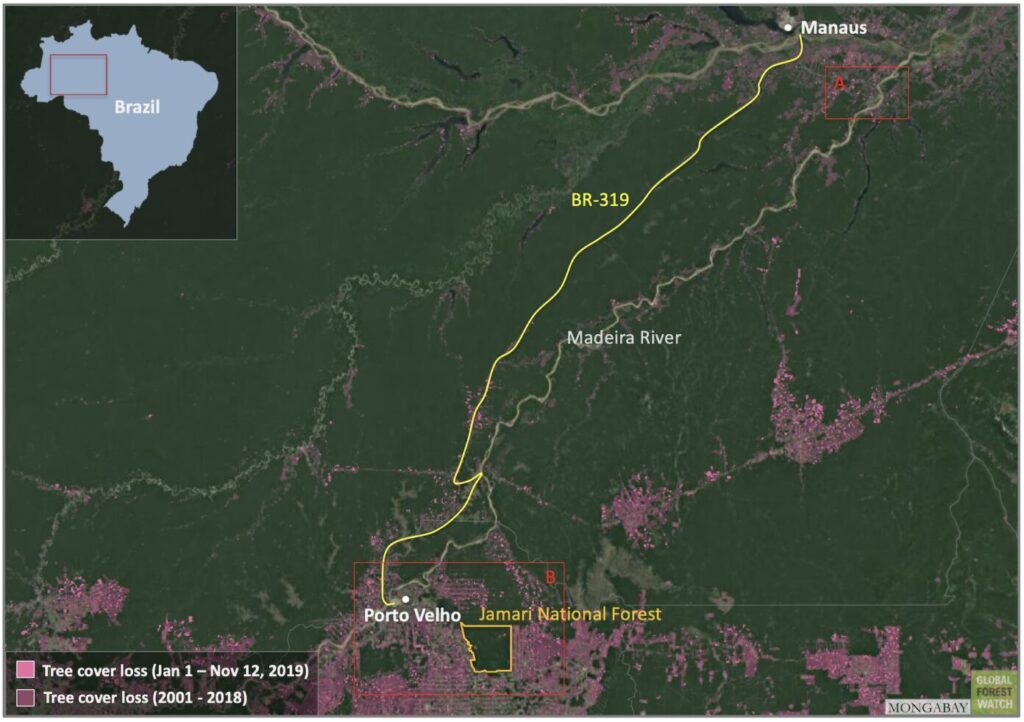
Based on the official description, experts believe the species is likely uncommon and faces extinction. Individuals of C. gigantifolia have only been found in the Madeira River Basin in the Brazilian states of Amazonas and Rondônia; however, massive infrastructure developments such as the aforementioned hydroelectric dams, highways, and growing agribusiness are now affecting these areas.
So, other than museums, would we ever be able to see this species? I guess it’s up to us.
